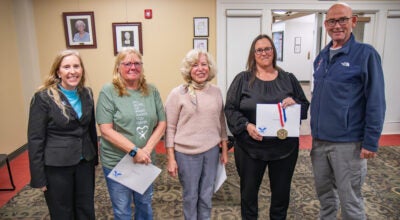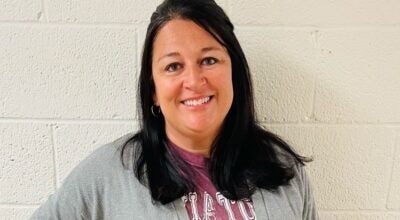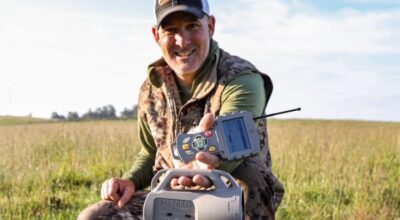The Jenny Wiley story: Conclusion
Published 6:11 pm Friday, September 30, 2022
|
Getting your Trinity Audio player ready...
|
JADON GIBSON
Contributing writer
The following morning, Jenny was again tied to a tree as the Indians prepared to go on a hunt.
“Go on hunt for food,” the elder Cherokee told her. “Jenny stay. Don’t try get loose. We prepare to go to Little Tenn-ess-ee River. White hussy stay! Stay.”
It began raining after the hunting party left and the rain came as a blessing for Jenny. The rain caused her ties to begin loosening. She began moving her hands and arms and it caused them to loosen even more.
Soon she was free from her bindings and escaped into the woods. She came to a small stream and immediately immersed herself and began swimming downstream. She swam as far as she could so the Indians would have a difficult time finding her trail. Jenny went ashore to rest but soon she was back in the water continuing her exodus. Later that night she hid in a hollow log near the stream.
Jenny Wiley was awakened during the night by the chattering of Indians as they passed near where she lay hidden. She thought about her little dog and assumed it followed the Indians in their search for her. Evidently it sped off after the Indians because soon all was quiet.
Jenny continued her flight to freedom as soon as she thought it was safe. She headed southward until she came to a fork in the trail. Jenny was momentarily undecided over which fork to take before noticing woodchips from an axe to the left and she chose to take that route.
A few hours later she emerged at the mouth of Little Paint Creek and saw the Harman blockhouse that was built in the preceding months by Mathias Harman and others from her small settlement. Jenny was surprised and relieved. Surprised because she didn’t know the settlement had been built. Relieved because she thought many times in the preceding six months that she would never live to return home among people she knew. She now began to feel it was possible indeed and it gave her renewed strength. It was the happiest she had been in a long time.
The following day Henry Skaggs saw Jenny trudging along on the opposite bank of the river. His first thought was that she was an Indian squaw. Finally he recognized her and rushed to the river where he assisted her across on a crude raft and up the hill to a shelter. Later in life Jenny likened her steps up the riverbank that day to walking on golden stairs to Heaven. She couldn’t help but sob. She never thought she would live to return to her people.
Coincidentally as Jenny and Henry Skaggs climbed the bank toward the blockhouse the Indians appeared on the opposite side of the river with her small dog.
Mathias Harman hunted with others in the area of the Big Sandy River for nearly 25 years and planned to build Harman’s Station. After giving up the search for Mathias led the party, including Jenny back to Walker’s Creek, in Tazewell County, VA, where she was reunited with her husband. During the journey they were attacked by Indians and Jenny helped repel the attackers by firing at them with a rifle.
Tom and Jenny Wiley started a new family with the arrival of Hezekiah, then Jane, Sally, Adam and William. A few years later after Kentucky received statehood, they were among a group of settlers who moved to the Big Sandy Valley region, near where Jenny was held captive.
Jenny Wiley State Park was founded in the early 1950s near Prestonsburg, in Floyd County, Kentucky.
Jadon Gibson is a freelance writer from Harrogate, TN. His writings are both historic and nostalgic in nature. Thanks to Lincoln Memorial University, Alice Lloyd College and the Museum of Appalachia for their assistance.





